It bugs the hell out of me why this has not been solved.
The Real Amityville Horror, True Crime and the Paranormal

A haunted house, a violent history, an investigation by Ed and Lorraine Warren, dozens of movies, and the truth behind one of Long Island’s most infamous family massacres.
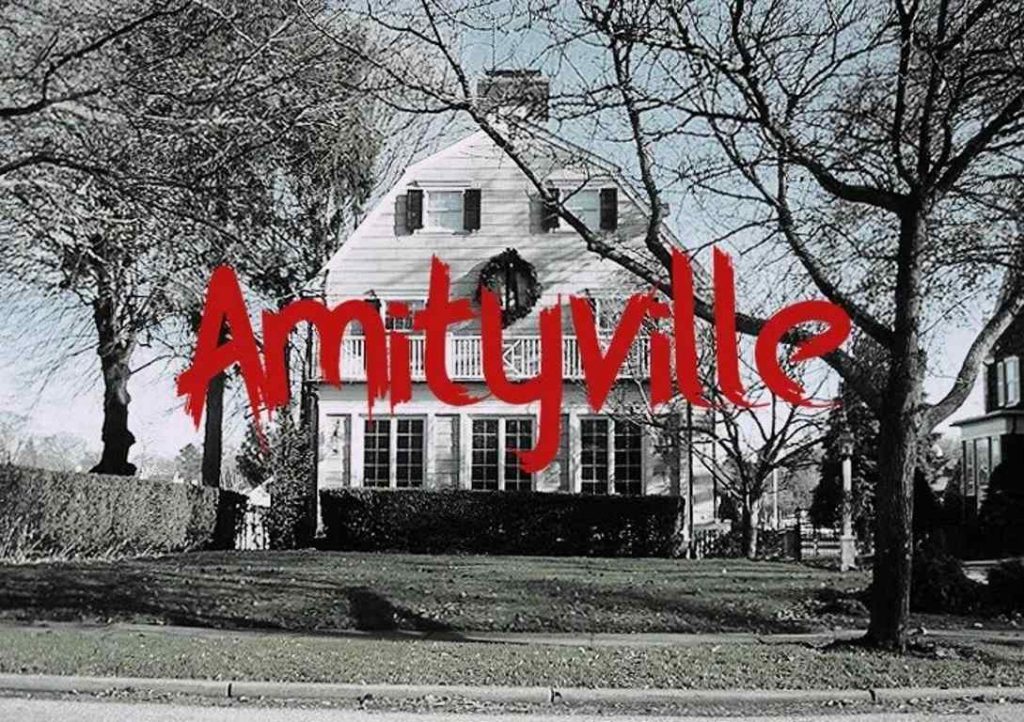
A diet of sensationalism
In 1977, American author Jay Anson wrote a book called The Amityville Horror: A True Story. He based the book on the real-life experiences of George and Kathleen Lutz, who claimed to have been terrorised by paranormal happenings at their house in Amityville, Long Island, New York, in 1975.
The book was made into an independent horror film in 1979, simply titled The Amityville Horror. It was the largest independent film of the time, grossing almost $90million at the box office and becoming the second largest film of the year behind Kramer vs. Kramer.
Then, as the sequels began to drop, something unusual began to happen. From 2016, small independent horror films began adding ‘Amityville’ to their titles to capitalise on the brand recognition, but many had no connection to the original book or film.
At the time of writing, there have been 42 films released based on the story of Amityville and using the original title as a stepping-on point. Those include 10 official sequels and a raft of VOD (video-on-demand) titles, including Amityville in the Hood, Amityville in Space, and – Amityville Vibrator!
In 2021 alone, there were six Amityville films released on an unsuspecting public. Despite the paranormal experiences of the Lutz family being the basis of the films, the true story behind the Amityville Horror is far less sensational but still haunts the town to this day.
This and NINETEEN other true crime stories and mysteries can be found in Bizarre True Crime Volume 8
Only one truth remained
Before the Lutz family made Amityville famous for all the wrong reasons, in 1974, Ronald DeFeo Jr. shot and killed his entire family as they slept in their beds. The location: 112 Ocean Avenue, Amityville, Long Island, New York, the same house where the Lutz family later experienced the horrors.
Just as the movies have confused the original story of the Amityville Horror, so too did Ronald, who changed his story over the murders multiple times. First, someone had broken into the house and killed everyone, then it was a mafia hitman, voices in his head, and his sister who he killed in a struggle.
Whatever version of the story came out, only one truth remained. In the early hours of 13th November 1974, 23-year-old Ronald awoke from his sleep, grabbed his .35 calibre rifle, walked through the house and opened fire.
He shot dead his parents, Ronald DeFeo Sr., 43, and Louise DeFeo, 43, his two sisters Dawn, 18, Allison, 13, and two brothers, Marc, 12, and John, 9. The family had owned the property since 1965 after moving to Long Island from Brooklyn where Ronald was born.
Later that evening, at around 6.30pm, Ronald walked into Henry’s Bar in Amityville and told anyone who listened that his parents had been shot and that he needed help. The bar was Ronald’s local, and his friend Joe Yeswit was inside, who informed Suffolk County Police about the possible shooting.
When they arrived at the house, they found the bodies of all six family members in their bedrooms, face down on the bed. Ronald’s parents had been shot twice and his siblings killed with a single bullet to the head. Later autopsies suggested that his mother and sister, Dawn, were alive at the time of the attacks.

Confession
When Ronald told police he suspected the killings might have been carried out by a mafia hitman, he was taken into custody for his own protection. He claimed the hitman was Louis Falini, a local man considered to have connections to the mob but Falini had an alibi showing he was not in Amityville at the time of the shootings.
It would also have been considered unusual for a mafia hitman to have killed someone in their own home, let alone their entire family. When police realised that Ronald was deflecting attention away from himself, they uncovered inconsistencies in his story.
The next day, Ronald confessed to the murders and was escorted back to the house to show investigators how he had killed his family. He claimed the whole incident went by so fast that he couldn’t remember all of it.
Ronald took investigators to the locations where he had discarded his bloody clothes and where he had thrown the rifle into the nearby river. He explained how he had taken a bath after the killings, changed into his work clothes and gone to work at the family’s car dealership that same day.
While there, Ronald phoned the house wondering why his father hadn’t turned up for work. When there was no answer, he left and hung out with friends, telling them that he couldn’t reach his family on the phone – an attempt at creating an alibi for the resulting investigation.
When he returned to the house in the evening to find his family dead, he ran to Henry’s Bar calling for help. It was an unusual way to have admitted to the murders and more unusual that he had gone to work straight after.
Forged in aggression
The answer to the question of why Ronald had killed his family, lay hidden away in his past. Born 26th September 1951, the firstborn to his parents, he grew up in Brooklyn, New York, and got the nickname ‘Butch’ due to his size and reputation of fighting with other children and people bigger than himself.
His father was a highly successful car salesman who had worked at his own father’s Buick dealership since childhood. As such, he could afford a lavish lifestyle for his family. But the lavishness and middle-class living came at a price.
Ronald Sr. was aggressive and sometimes violent towards his wife and children, with particular attention and abuse aimed at Ronald Jr. who was expected to have followed in his father’s footsteps but didn’t.
Along with being the target of aggression and physical abuse, Ronald was also bullied at school for the way he looked, though there wasn’t anything entirely wrong with him, just that he was larger and meaner than some of the other boys.
During his teenage years, Ronald fought back and lashed out at his schoolfriends and family, even physically attacking his father. When his parents took him to see a psychiatrist, it made Ronald worse, and he would constantly deny that he needed help. Then, in 1965, the family moved to Amityville.
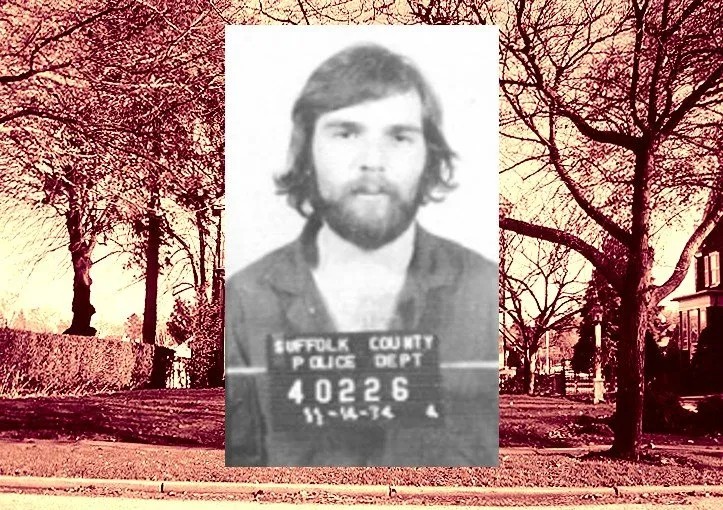
Violence and threats
To placate his violent manner, Ronald’s parents showered him with gifts to incentivise good behaviour. When he was 16, he was gifted a speedboat worth $15,000 at the time. However, the appeasements made Ronald worse, and by the age of 17, he was addicted to taking LSD and heroin, two drugs considered the most damaging to an already broken mind.
Still believing they were helping Ronald, his parents continued to bribe him with gifts, including a job at the car dealership. He was also gifted a brand new car, guns, alcohol, and a weekly allowance from his father which he spent on drugs.
At one point during a hunting trip in early 1974, Ronald threatened his friend with the rifle he would later use to kill his family then acted as if nothing had happened, devoid of emotion or recompense. A few weeks later, Ronald interrupted a fight between his parents and pointed the rifle at his father.
When he pulled the trigger, the rifle malfunctioned but his parents were shocked to the core that their son had attempted to kill his father. It was perhaps an unfortunate foreshadowing of the horrors to come.
In October 1974, one month before the murders, Ronald planned a fake robbery with his friend. Ronald had been trusted with taking the car dealership’s earnings to the bank, and in late October was due to transport $20,000.
Instead of going to the bank, he and his friend got into a mock fight and ‘robbed’ the money, which they split 50/50. When police arrived at the dealership, Ronald refused to help their investigation, leading his father to suspect that Ronald was the culprit.
Two weeks before the murders, Ronald threatened to kill his father if he continued to involve police in the robbery. Then, on 13th November, Ronald rampaged through the house and shot dead his entire family.
Voices in his head
One year later in October 1975, Ronald’s trial began as his defence put forward an insanity plea. While on the stand, Ronald told the court he’d heard voices in his head that told him to shoot his entire family.
The defence psychiatrist concluded that Ronald was suffering from Dissociative Identity Disorder (DID) and was unable to fully connect with reality. His memories, thoughts, and actions were detached which meant he found it difficult to function in normal everyday life.
DID is rarely associated with violence, but in 1975, it was a different story. We live in a world now where mental health is thankfully better understood and we have the knowledge that disorders require professional help and are not bound to historical sensationalist ideals.
But the prosecution psychiatrists posited a different side to Ronald. They claimed that he had an antisocial personality and was only disconnected from reality due to his extreme use of LSD and heroin. They concluded that Ronald was aware of his actions which existed only to serve his own selfish reality.
The jury in the trial agreed with the prosecution psychiatrists and found Ronald guilty of six counts of murder. In November 1975, Ronald was handed down six consecutive life sentences.
In the years that followed, away from the sensationalism of The Amityville Horror, the case of Ronald DeFeo became even weirder. The biggest question on the lips of journalists and researchers was why. Why did Ronald kill his entire family?
No gunshots were heard
It was no secret that he had a poor relationship with his father and that a plausible motive was to kill him out of anger or revenge. Yet, it didn’t explain why Ronald had killed his entire family, including his nine-year-old brother.
All six victims were found face down on their beds and had not been moved after their deaths. Ronald walked through the house with a loud rifle, so it remained unusual that the rest of the family didn’t wake up after the first victim was shot.
There was a suspicion that Ronald had drugged them but autopsies showed no signs of anything untoward. The rifle used in the attack had no sound suppressor which meant it would have been loud, with eight bullets used in total.
None of the neighbours heard gunshots with only one claiming they heard the DeFeo’s dog barking in the middle of the night. It would have been odd to hear a dog bark and not hear the sound of a rifle going off eight times.
It was suggested that Ronald killed his father for his life insurance and killed his mother so that he would be next in line as the eldest child, but it didn’t explain why his four siblings had to die. Then as time went on, Ronald told interviewers three new stories of what he believed really happened.
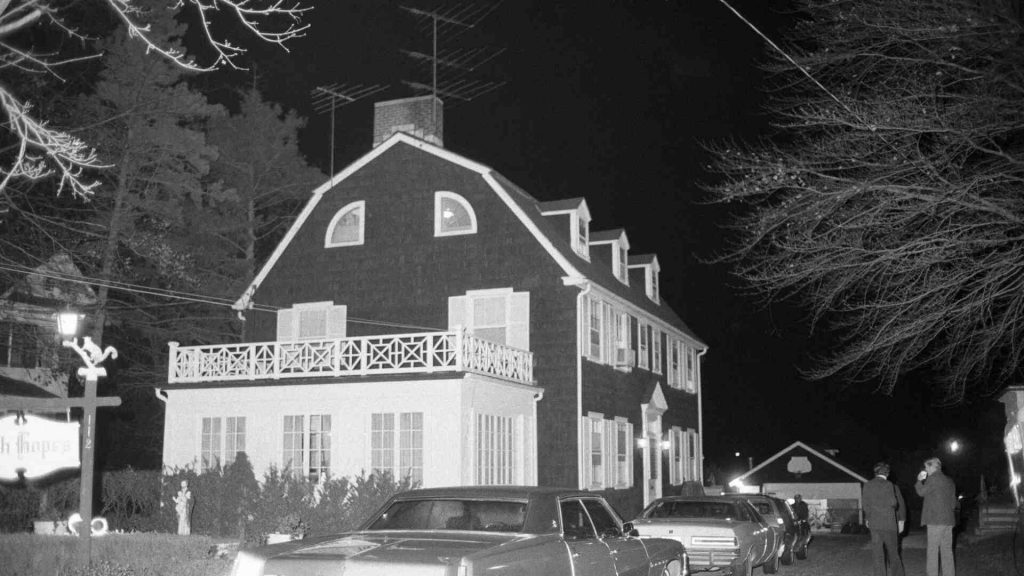
Tall tales of murder
In a 1986 interview from behind bars, Ronald said that his 18-year-old sister Dawn killed their father. Upon seeing what she had done, their mother killed Dawn and the rest of Ronald’s siblings. When she tried to kill Ronald, he fought back and killed her.
In 1990, Ronald’s defence team filed an appeal on the basis of a new story that Ronald had told. He alleged that he was now telling the truth as it was time for the world to hear what really happened and who he had been protecting.
On that fateful night, Ronald claimed an unidentified attacker, who was known to Dawn, killed their parents. Dawn then walked through the house and killed the other three siblings, before turning the gun on Ronald.
Ronald saw the unidentified man flee the house as he and Dawn fought for control of the gun. The gun went off by accident and killed Dawn. Realising what he had done, he positioned the bodies on the bed and tried to come up with a false alibi to protect himself and his dead sister. He stated that he lied, simply to protect his sister.
The appeal was thrown out as the judge found it to be fanciful and full of lies, in attempt to place blame on a long-dead sister who by any account was an innocent victim. And then in 2000, a third story about what ‘really’ happened, emerged.
The most haunted house in America
26 years after the murders, Ronald was interviewed by author and researcher Ric Osuna. He told Osuna that he was guilty of the murders but that he killed his family in league with Dawn and two of her friends, because their father was plotting to kill him.
When Dawn murdered the other siblings, Ronald became enraged and knocked Dawn out before shooting her in the head. The two people with Dawn had by that point apparently left the house. Forensic experts have since debunked all three stories on the basis of evidence found at the scene.
Ronald died of natural causes in March 2021, with some outlets refusing to release the cause of death, most likely to continue the sensationalist circus built upon the paranormal happenings written about in The Amityville Horror.
In December 1975, one year after the murders and one month after Ronald’s conviction, the Lutz family moved into 112 Ocean Avenue. After only 28 days, the family fled the house after being terrorised by paranormal entities.
Three months after they fled, in March 1976, the house was investigated by demonologists and paranormal investigators, Ed and Lorraine Warren, who are now immortalised in The Conjuring movies.
One of their images taken from inside the house shows a young boy with glowing eyes standing at the foot of the main staircase. It has since been used as proof that the house was haunted, whether by the ghosts of the DeFeo family or something far more sinister.
Some paranormal researchers, including the Warren’s, believe that Ronald had been possessed by one of the house’s demon spirits, and maintain it to be the reason why he went on to kill his family. The voices he heard were put down to possession.
Regardless of one’s own beliefs surrounding The Amityville Horror and the DeFeo massacre that came before, the property is still considered one of the most haunted houses in the United States – with no vibrator in sight.
This and NINETEEN other true crime stories and mysteries can be found in Bizarre True Crime Volume 8
- What Happens to Cold Cases? The Intricacies and Unsolved Mysteries Explained

- 13 Facts You Need to Know About Levi Bellfield: The Bus Stop Stalker

- How Has Pathology Evolved Over Time? (History of True Crime)

- Trio Convicted of June 2022 Westminster Murder of Adnan Saleh

- How Did Forensic Science Evolve Through History? (History of True Crime)

I feel like there should be more killers who use the internet especially in today's world.
Thanks for this. Anymore podcast lists coming anytime soon??
Not just females.
[…] Not So Heavenly Creatures: The case of two teenage girls who fell in love, created their own religion, entered…
There's a lot more the Italian authorities are not releasing over this case. Makes you wonder the extent of the…

 T
T
13 Facts You Need to Know About Levi Bellfield: The Bus Stop Stalker

 T
T
How Has Pathology Evolved Over Time? (History of True Crime)
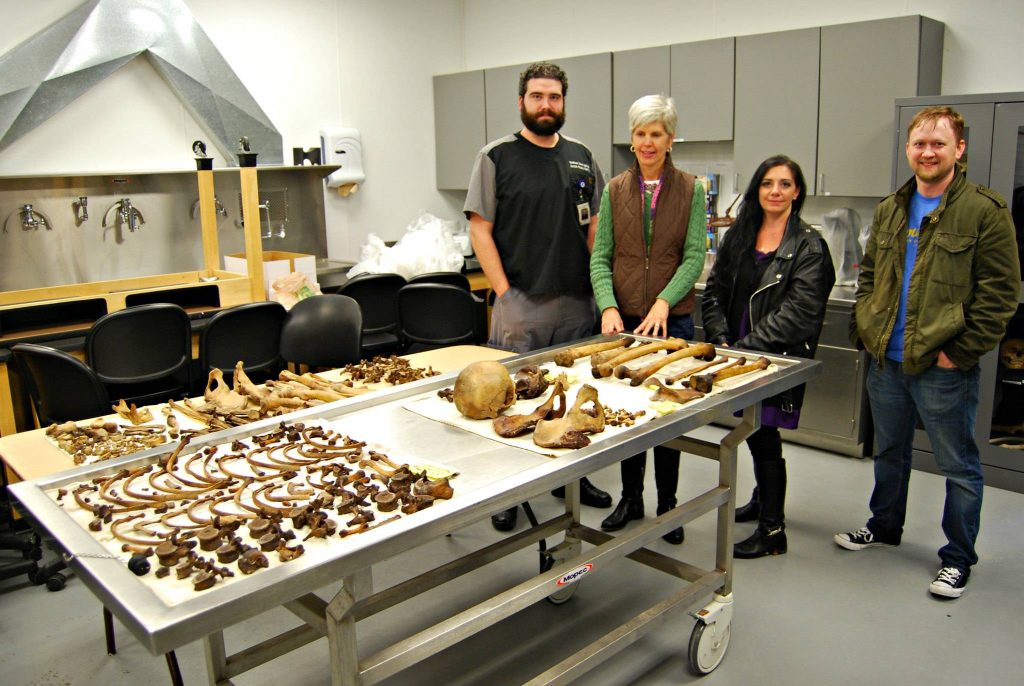
 T
T
How Did Forensic Science Evolve Through History? (History of True Crime)
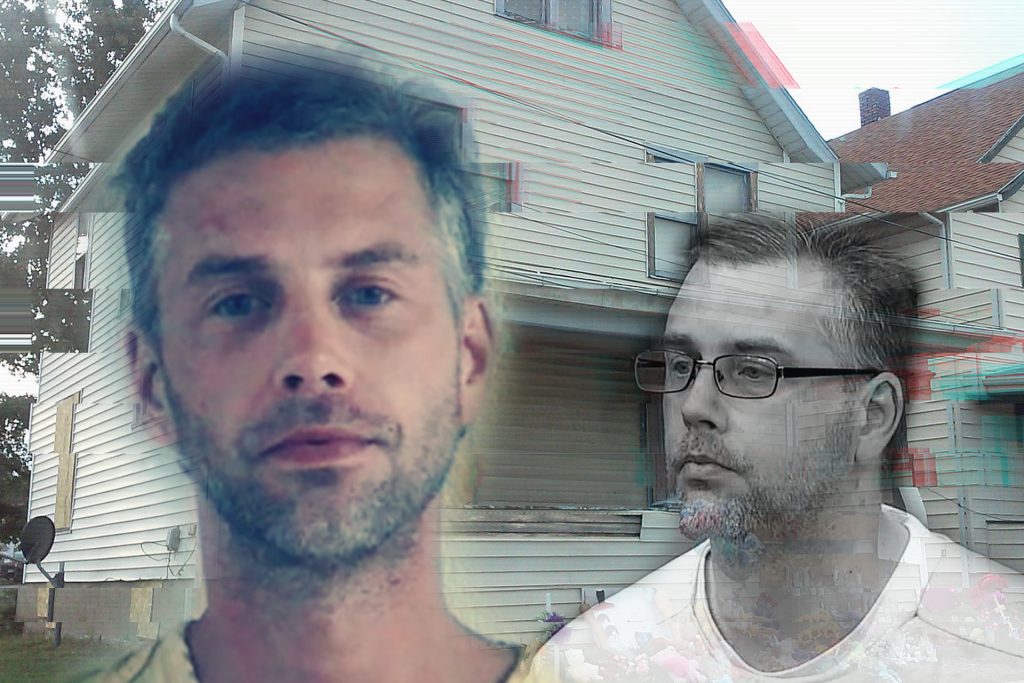
 T
T



